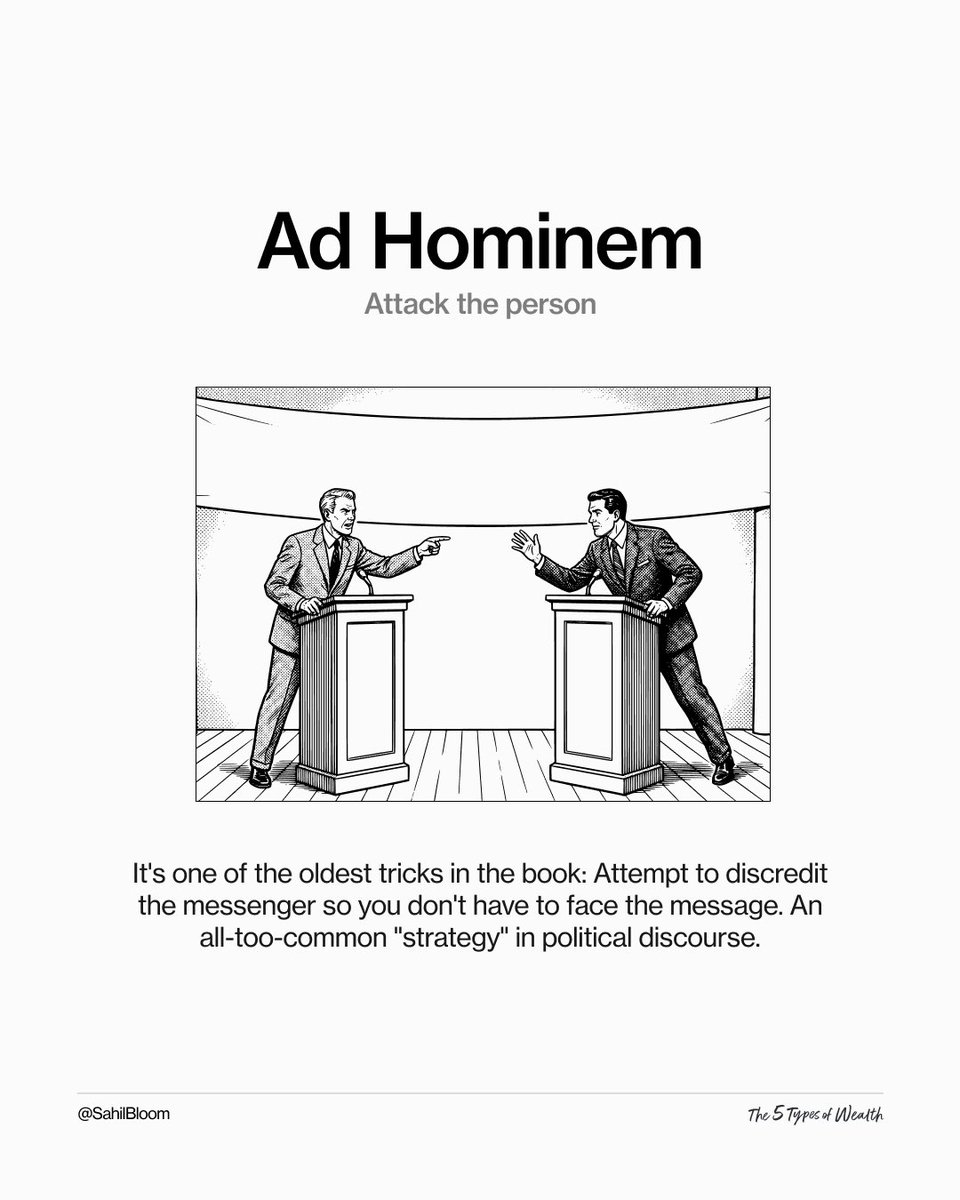I recently came across data on who we spend our time with over the course of our lives.
The insights are simultaneously inspiring and depressing.
Here are 6 graphs everyone needs to see:
The insights are simultaneously inspiring and depressing.
Here are 6 graphs everyone needs to see:
Time Spent With Parents & Siblings
Peaks in childhood and declines after age 20.
Key Takeaways:
• Time with family is limited.
• Time with parents declines sharply after age 20.
• You may only see your loved ones a few more times.
Prioritize and cherish every moment.
Peaks in childhood and declines after age 20.
Key Takeaways:
• Time with family is limited.
• Time with parents declines sharply after age 20.
• You may only see your loved ones a few more times.
Prioritize and cherish every moment.

Time Spent With Friends
Peaks at age 18 and declines sharply to a low baseline.
Key Takeaways:
• Embrace friendship breadth, but focus on depth.
• Cherish those who are with you through good times and bad.
Invest your energy in the healthy, meaningful friendships that last.
Peaks at age 18 and declines sharply to a low baseline.
Key Takeaways:
• Embrace friendship breadth, but focus on depth.
• Cherish those who are with you through good times and bad.
Invest your energy in the healthy, meaningful friendships that last.

Time Spent With Partner
Trends upwards until death.
Key Takeaways:
• Who you choose as a partner is the most important decision you'll ever make.
• Find someone you genuinely enjoy spending time with.
Never settle for less than love.
Trends upwards until death.
Key Takeaways:
• Who you choose as a partner is the most important decision you'll ever make.
• Find someone you genuinely enjoy spending time with.
Never settle for less than love.

Time Spent With Children
Peaks in your 30s and declines sharply thereafter.
Key Lessons:
• Time with your children is short—the "Magic Years" will fly by if you let them.
• Be present in every moment.
Slow down and embrace the sweetness that children bring to your life.
Peaks in your 30s and declines sharply thereafter.
Key Lessons:
• Time with your children is short—the "Magic Years" will fly by if you let them.
• Be present in every moment.
Slow down and embrace the sweetness that children bring to your life.

Time Spent With Coworkers
Steady during the prime working years from age 20-60.
Key Lessons:
• You'll spend a lot of time at work.
• Who you choose to work with is one of the most important decisions you'll make.
Find work—and coworkers—that create energy in your life.
Steady during the prime working years from age 20-60.
Key Lessons:
• You'll spend a lot of time at work.
• Who you choose to work with is one of the most important decisions you'll make.
Find work—and coworkers—that create energy in your life.

Time Spent Alone
Steadily increases throughout your life.
Key Lessons:
• Learn to embrace solitude.
• Flex your boredom muscle regularly.
Find happiness and joy in the time you have to yourself—there will be a whole lot of it as you get older.
Steadily increases throughout your life.
Key Lessons:
• Learn to embrace solitude.
• Flex your boredom muscle regularly.
Find happiness and joy in the time you have to yourself—there will be a whole lot of it as you get older.

In summary:
(1) Family time is limited—cherish it.
(2) Friend time is limited—prioritize real ones.
(3) Partner time is significant—never settle.
(4) Children time is precious—be present.
(5) Coworker time is significant—find energy.
(6) Alone time is highest—love yourself.
(1) Family time is limited—cherish it.
(2) Friend time is limited—prioritize real ones.
(3) Partner time is significant—never settle.
(4) Children time is precious—be present.
(5) Coworker time is significant—find energy.
(6) Alone time is highest—love yourself.

Remember: Time is our most precious asset.
Follow me @SahilBloom for more writing on time, life, and growth.
If you're interested in more, subscribe to my newsletter, where I'll share the PDF I made with these graphs and deeper insights on the lessons. sahilbloom.com/newsletter
Follow me @SahilBloom for more writing on time, life, and growth.
If you're interested in more, subscribe to my newsletter, where I'll share the PDF I made with these graphs and deeper insights on the lessons. sahilbloom.com/newsletter
As noted on the images, the data source is The American Time Use Survey and Our World in Data.
I expect the data may vary slightly across different regions and cultures, but the broad takeaways are global in nature.
Be present today. Our time is limited.
I expect the data may vary slightly across different regions and cultures, but the broad takeaways are global in nature.
Be present today. Our time is limited.
I’ve been writing consistently on Twitter since May 2020, and this is the first time I’ve had a piece of content “go viral” without drawing any material negativity in my mentions or DMs.
Speaks to the universality of the sentiment on the precious nature of time.
Speaks to the universality of the sentiment on the precious nature of time.
This week’s newsletter will include:
• Full PDF presentation of these graphs
• Deeper thoughts on the lessons and insights
• Ideas on “bending the curve” in each category
If you enjoyed this thread, join 131,000+ others who will get the piece! sahilbloom.com/newsletter
• Full PDF presentation of these graphs
• Deeper thoughts on the lessons and insights
• Ideas on “bending the curve” in each category
If you enjoyed this thread, join 131,000+ others who will get the piece! sahilbloom.com/newsletter
As promised, the full newsletter piece hit inboxes today. Please read, discuss, and share.
https://twitter.com/sahilbloom/status/1592936623800713217
• • •
Missing some Tweet in this thread? You can try to
force a refresh






















